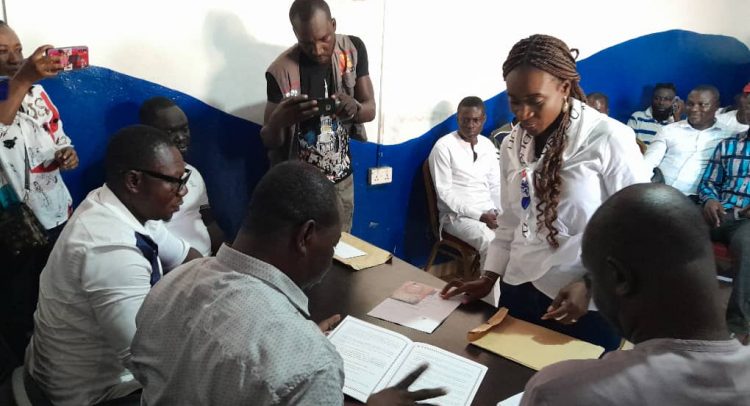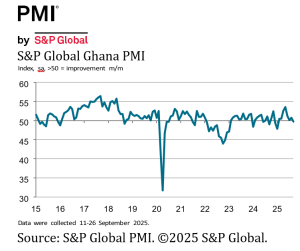
By Kizito CUDJOE
Ghana’s crude oil production plunged nearly 26 percent in the first half of 2025, deepening fears of a sustained downturn in the country’s upstream petroleum sector.
The latest report by the Public Interest and Accountability Committee (PIAC) shows total crude output between January and June 2025 dropped to 18.42 million barrels (bbls), from 24.86 million barrels in the same period last year.
The fall slashed petroleum receipts by more than half (56 percent), from US$840.77 million in the first half of 2024 to US$370.34 million this year.
PIAC said the decline stemmed from lower production and weaker global prices, warning that Ghana has failed to attract new exploration investment in recent years. “No new Petroleum Agreement has been signed since 2018,” the report noted, describing the situation as a threat to long-term output and government revenue.
As of June 2025, Ghana had 13 active petroleum agreements, with the Jubilee, Tweneboa-Enyenra-Ntomme (TEN), and Sankofa Gye Nyame fields in production. The Deepwater Tano/Cape Three Points (DWT/CTP) block has received approval for its Plan of Development, but field work is yet to begin. Other contract areas remain at varying stages of exploration.
Drilling activity also slowed in the period under review, underscoring the sector’s loss of momentum. PIAC urged the government to “act with urgency” to reverse the decline and create conditions that can draw in new investors.

It said there was no crude lifting by the Ghana Group on the TEN field during the first half, while the average realised price achieved by the Ghana National Petroleum Corporation (GNPC) fell 13 percent to US$74.93 per barrel, down from US$86.12 a year earlier.
The report also highlighted a worsening problem of unpaid surface rentals, which climbed to US$2.82 million by mid-2025, compared with US$439,011 at the same time last year, despite repeated recovery efforts by the Ghana Revenue Authority (GRA).
PIAC called on the GRA, Petroleum Commission, Bank of Ghana (BoG), and Ministry of Energy to tighten collaboration to recover arrears and implement measures to stabilise the industry.
Launching the committee’s half-year report in Accra, PIAC Vice-Chair, Odeefuo Amoakwa Boadu VIII, stressed that under the new Petroleum Revenue Management (Amendment) Act, 2025 (Act 1138), the Committee’s budget is no longer charged to the Annual Budget Funding Amount (ABFA).
He revealed that GH¢4.6 million had been approved for PIAC’s 2025 programmes and activities, representing 21.43 percent of its annual budget and 41.07 percent of funds approved in 2024. “This significant budget cut has severely limited PIAC’s ability to effectively fulfil its statutory mandate,” he said.
Odeefuo Amoakwa Boadu VIII, also added that despite the Petroleum Revenue Management Act, 2011 (Act 815) being developed through broad public consultation, no such engagement took place during the 2025 amendment.
He cautioned that the revision, which removed the Ghana Infrastructure Investment Fund (GIIF) from ABFA support, had deprived the fund of vital resources.
“GIIF’s US$30 million investment in 2016 for the Kotoka Airport Terminal III Project yielded a return of US$5.5 million between 2017 and 2019 alone,” he noted.
He further observed that under the latest amendment, the Agenda 111 Projects, which received GH¢2.61 billion (US$248.89 million) from the ABFA between 2021 and 2024, will no longer benefit from such allocations.
Among several recommendations, PIAC urged the government to select fewer infrastructure projects for full completion under the ABFA and brand them appropriately upon delivery.
It also reiterated its call for a long-term national development plan approved by Parliament to ensure continuity in the use of petroleum revenues.
“The Committee recommends that with the investment of such an amount of the ABFA in the Agenda 111 Project, the government should allocate more ABFA to the project and complete it for the benefit of citizens,” PIAC stated.
The post Oil output sinks 26% in H1, revenue halved appeared first on The Business & Financial Times.
Read Full Story

















Facebook
Twitter
Pinterest
Instagram
Google+
YouTube
LinkedIn
RSS